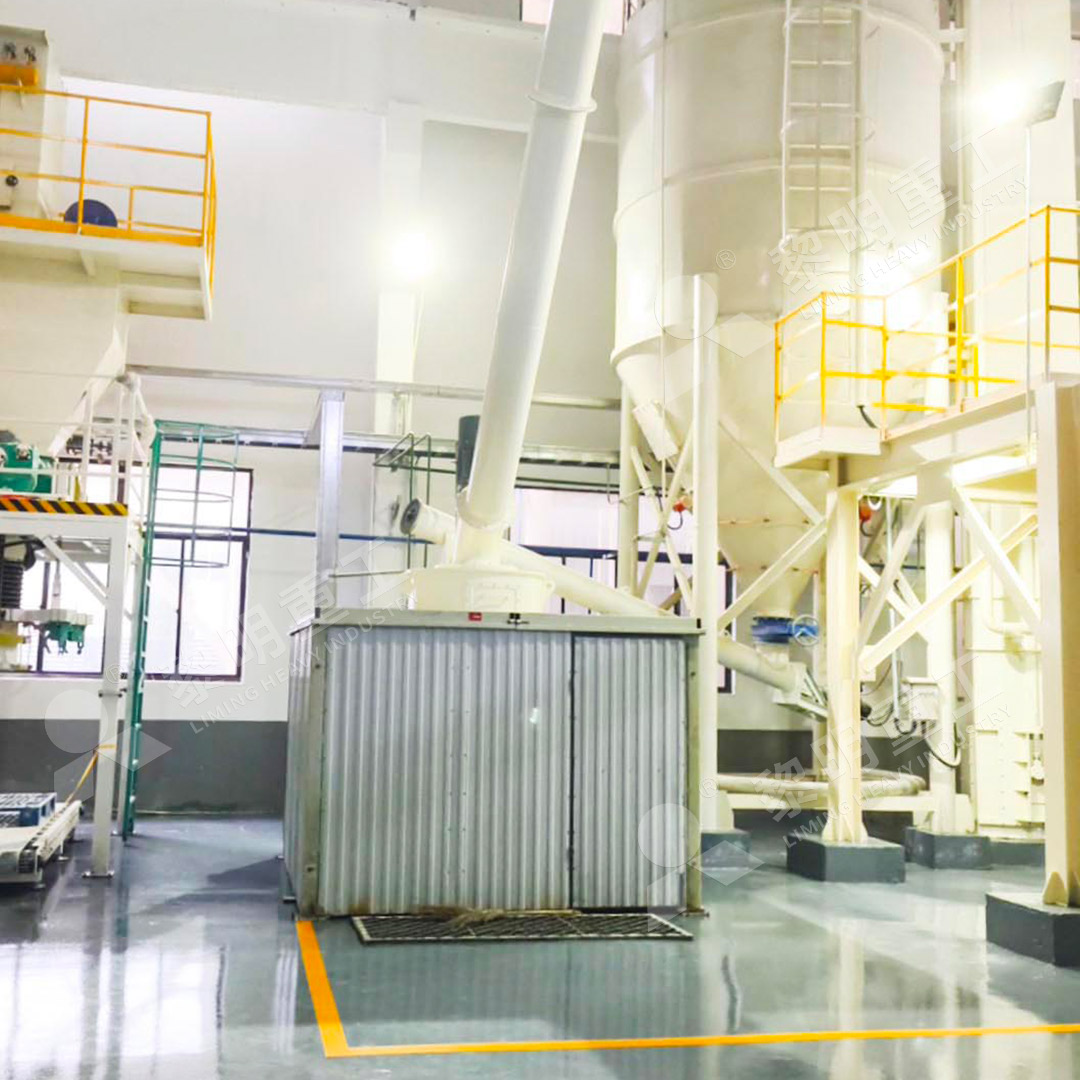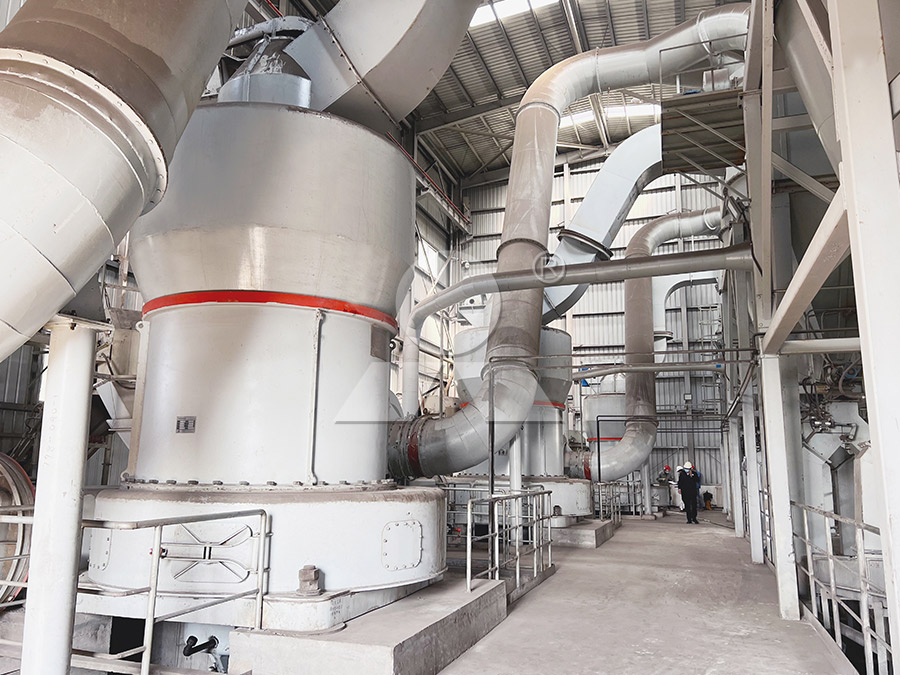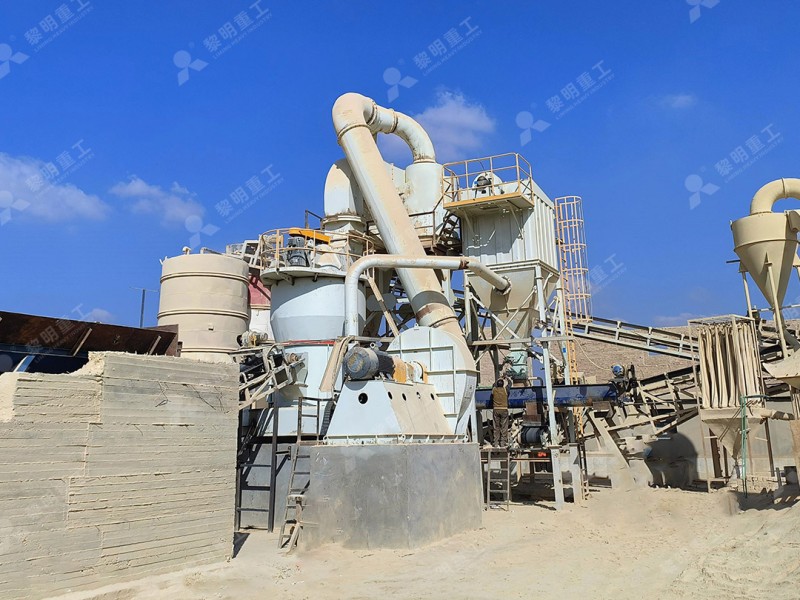Raymond Mill Models: How to Choose the Right One for Your Needs
Raymond Mill Models: How to Choose the Right One for Your Needs
Selecting the appropriate grinding mill is crucial for optimizing productivity, efficiency, and final product quality in various industrial applications. With numerous models available, each designed for specific materials and output requirements, making an informed decision requires careful consideration of several key factors.
Understanding Your Grinding Requirements
Before comparing different mill models, you must first define your operational needs. The primary considerations include:
- Material Characteristics: What is the hardness, moisture content, and abrasiveness of your raw material?
- Required Fineness: What is the target particle size or mesh size for your final product?
- Production Capacity: What is your required throughput in tons per hour (tph)?
- Space and Installation: What are the physical constraints of your plant layout?
- Environmental Regulations: What are the local standards for noise and dust emissions?

Key Mill Types and Their Applications
The Raymond mill family has evolved significantly from the original design, with modern iterations offering enhanced capabilities for diverse industrial needs.
For operations requiring ultra-fine powder production with superior environmental performance, the MW Ultrafine Grinding Mill stands out as an exceptional choice. This advanced machine processes materials with an input size of 0-20 mm and delivers a capacity range of 0.5-25 tph. Engineered for customers who need to make ultra-fine powder, it features an efficient pulse dust collector and muffler system that minimizes environmental impact while maintaining operational efficiency. Its ability to produce powders between 325-2500 meshes makes it ideal for demanding applications in chemicals, paints, cosmetics, and food additives.
Another sophisticated solution for precision grinding is the LUM Ultrafine Vertical Grinding Mill, which handles input sizes of 0-10 mm with capacities of 5-18 tph. This mill integrates German powder separating technology with Taiwanese grinding roller advancements, creating a comprehensive system that excels in producing superfine dry powders of non-metal ores.

Technical Considerations for Selection
When evaluating different mill models, pay close attention to these technical aspects:
Energy Efficiency
Modern mills like the MW Ultrafine Grinding Mill demonstrate remarkable energy savings, consuming only 30% of the energy required by jet grinding mills while achieving 40% higher production capacity. This efficiency translates directly to lower operating costs and improved sustainability metrics.
Maintenance Requirements
Innovative designs significantly reduce maintenance demands. The MW Ultrafine Grinding Mill eliminates rolling bearings and screws from the grinding chamber, preventing common failure points and enabling continuous 24-hour operation without frequent shutdowns for lubrication or part replacement.
Environmental Compliance
Contemporary grinding solutions must address environmental concerns comprehensively. The MW Ultrafine Grinding Mill’s pulse dust collection system ensures no dust pollution during operation, while integrated silencers and noise elimination features maintain workplace comfort and regulatory compliance.

Making Your Final Decision
Your choice should balance immediate production needs with long-term operational efficiency. Consider not only the initial investment but also lifetime operating costs, maintenance requirements, and potential for future process modifications. The MW Ultrafine Grinding Mill particularly shines for operations prioritizing ultra-fine powder quality, environmental responsibility, and minimal downtime.
Frequently Asked Questions
What is the main difference between traditional Raymond mills and modern ultrafine models?
Modern ultrafine mills like the MW series incorporate advanced separation technology, superior energy efficiency, and comprehensive environmental controls that traditional models lack. They achieve finer particle sizes with greater consistency and lower operational costs.
How important is after-sales support when selecting a grinding mill?
Extremely important. Quality manufacturers provide complete technical services and genuine spare parts to ensure worry-free operation. This support minimizes downtime and maintains consistent product quality throughout the equipment’s lifecycle.
Can the same mill handle different materials effectively?
While many mills are versatile, optimal performance requires matching the mill design to your specific materials. The MW Ultrafine Grinding Mill excels with limestone, calcite, dolomite, gypsum, barite, and similar materials common in chemical and industrial applications.
What fineness range can I expect from advanced grinding mills?
High-performance models like the MW Ultrafine Grinding Mill offer adjustable fineness between 325-2500 meshes, with screening rates achieving d97≤5μm in a single pass, providing exceptional control over final product specifications.
How does mill design impact operational stability?
Features like the MW’s absence of internal rolling bearings and screws eliminate common failure points, while external lubrication systems enable maintenance without production stoppages, significantly enhancing operational reliability and reducing unexpected downtime.
